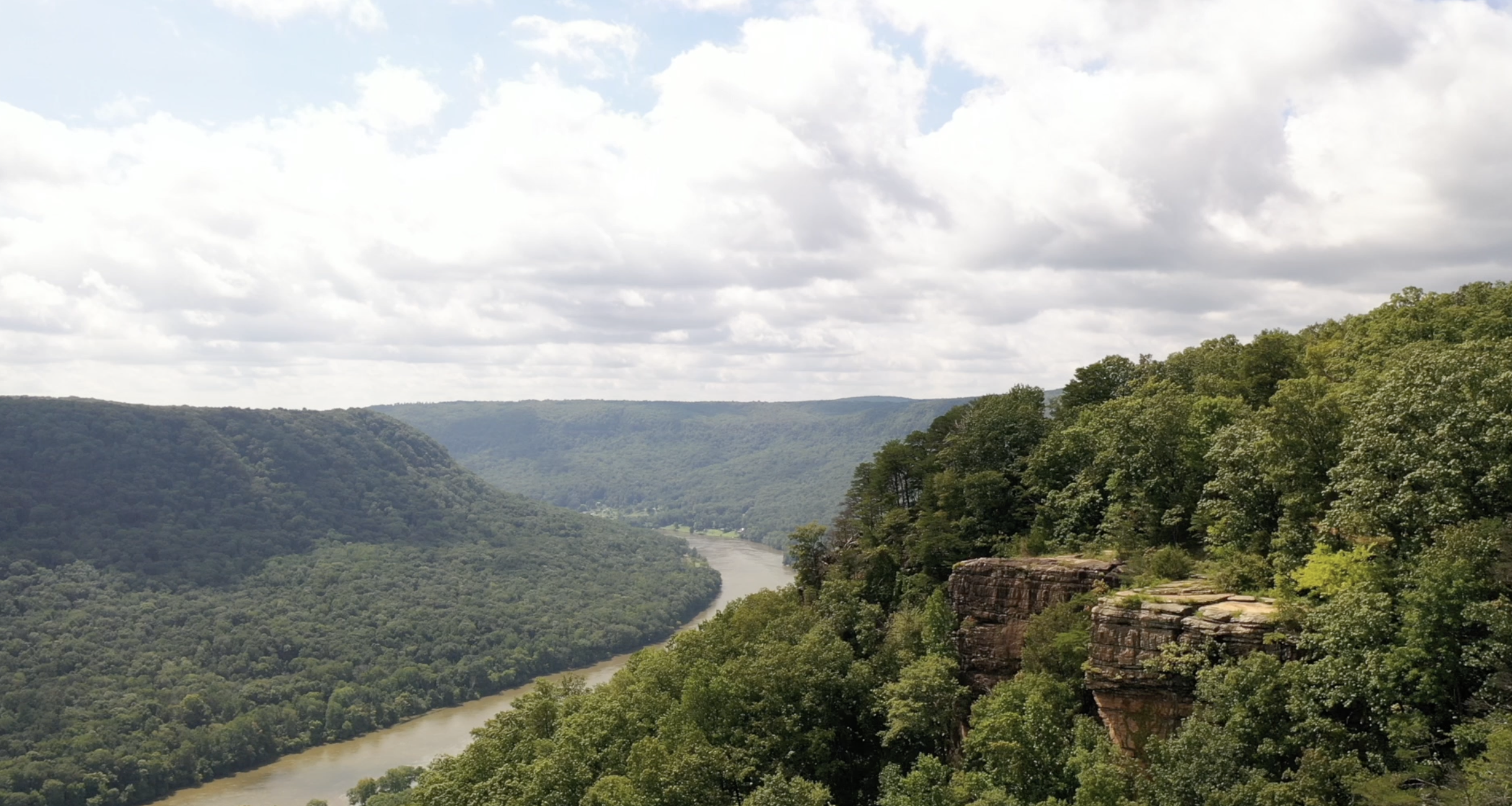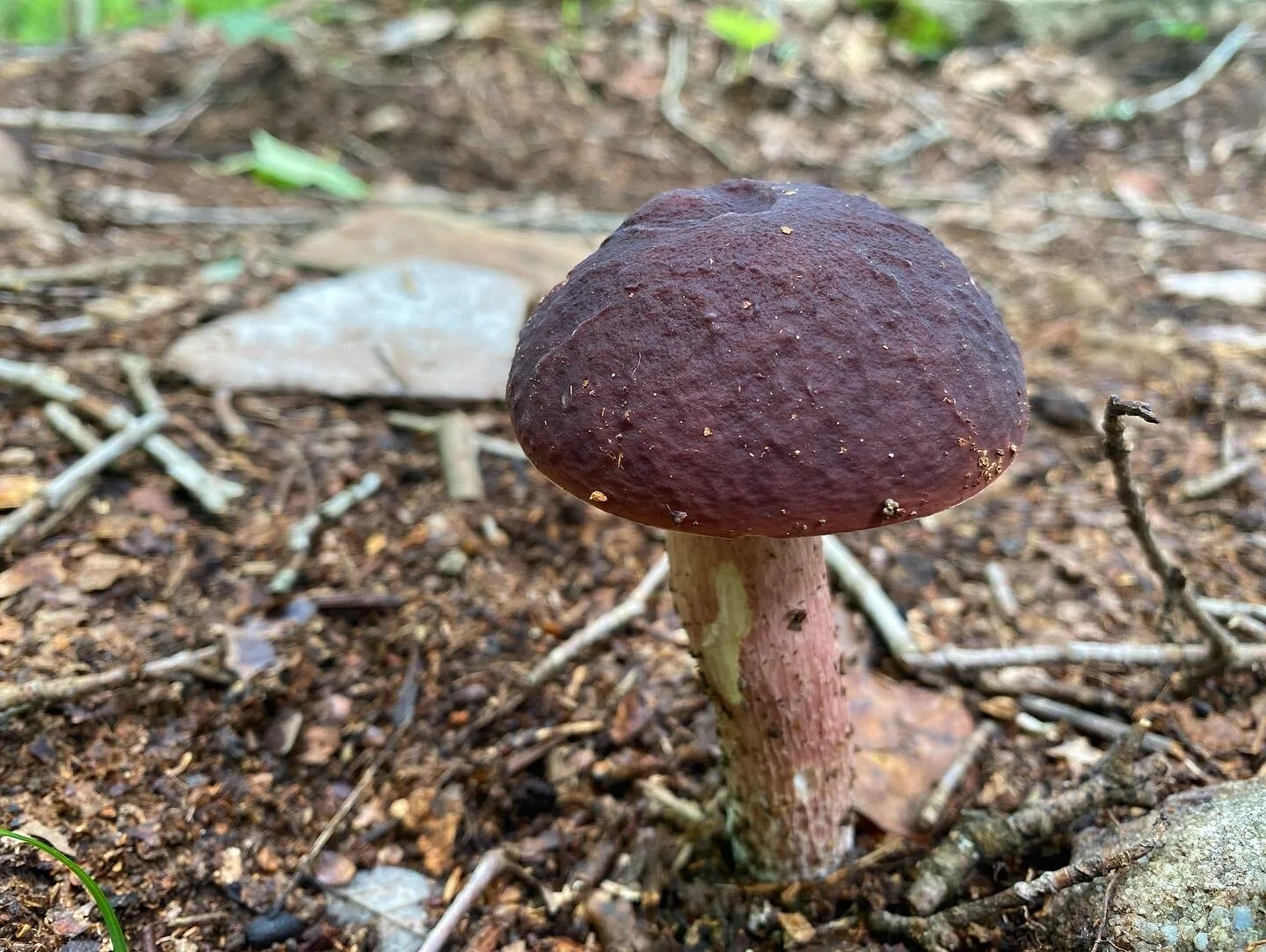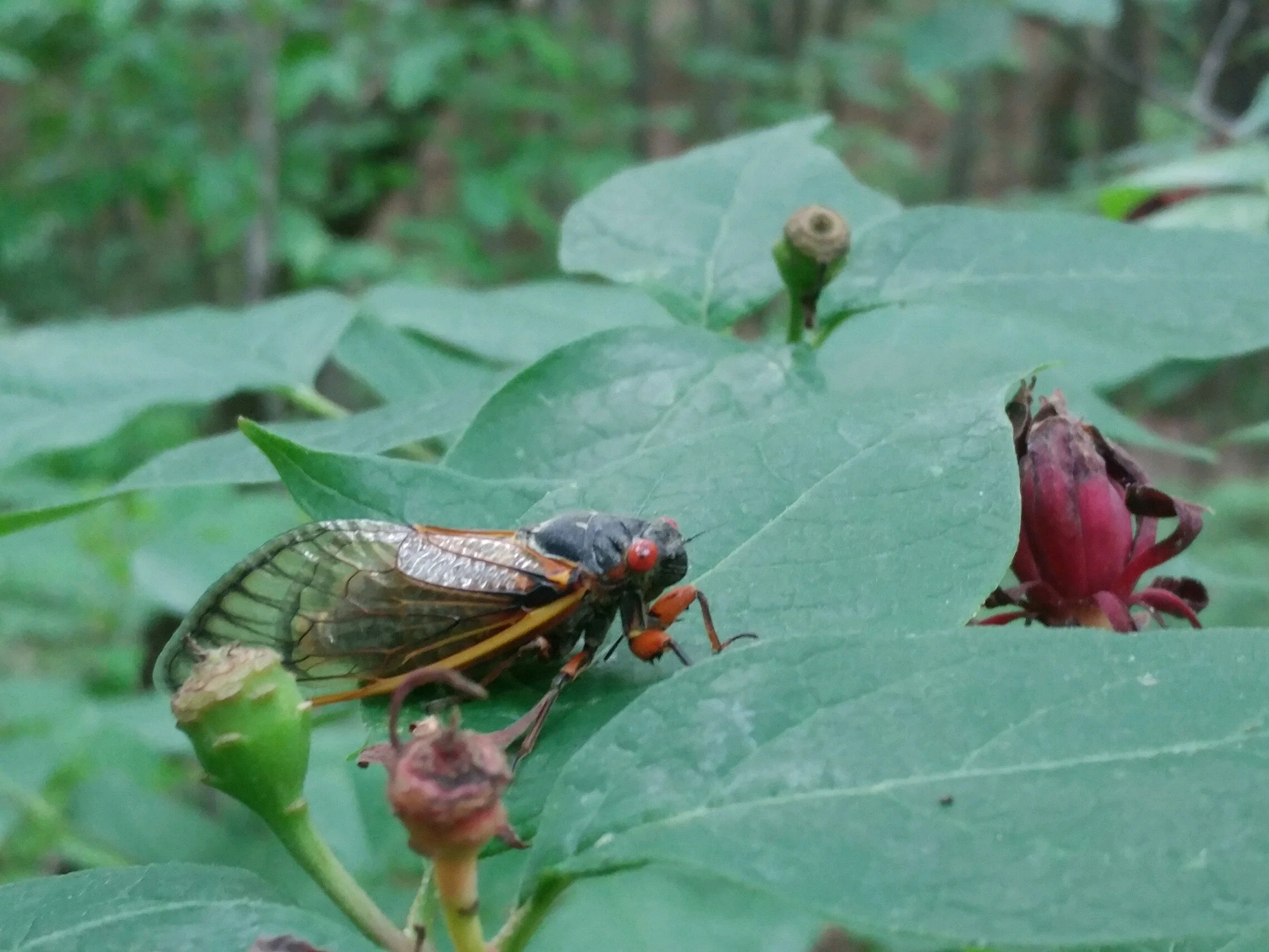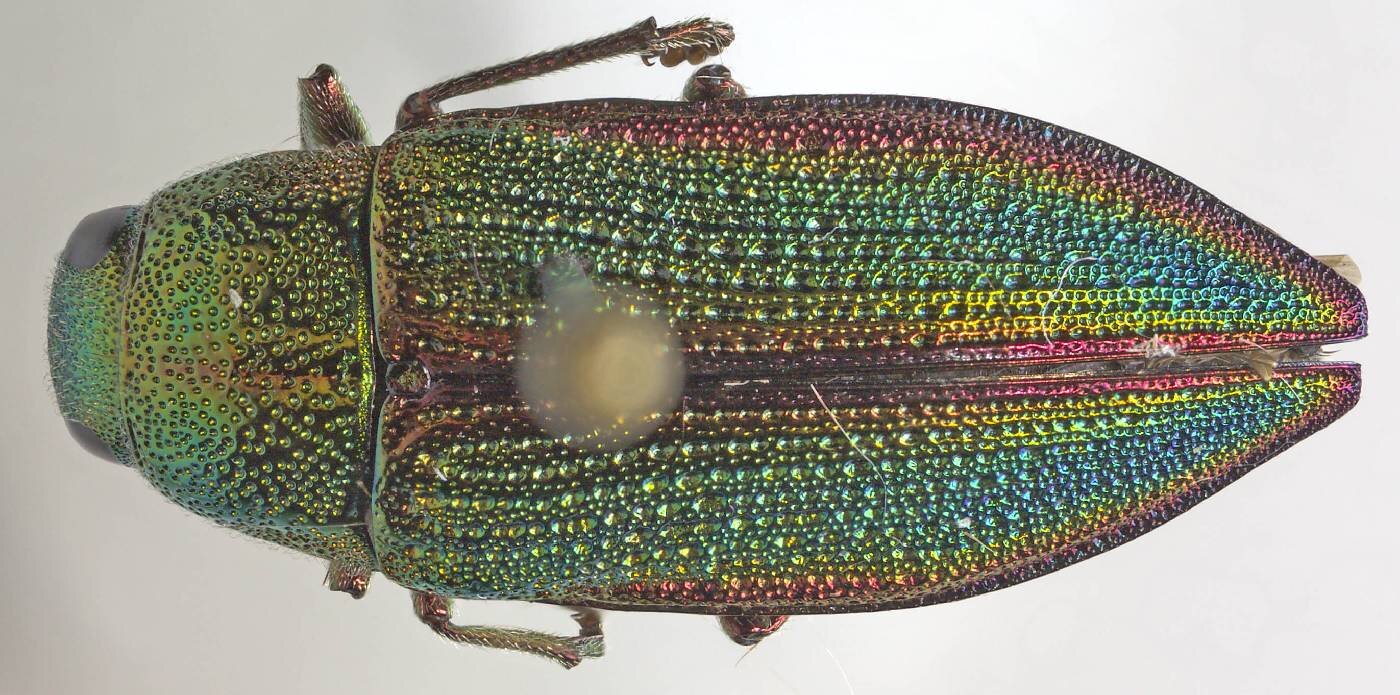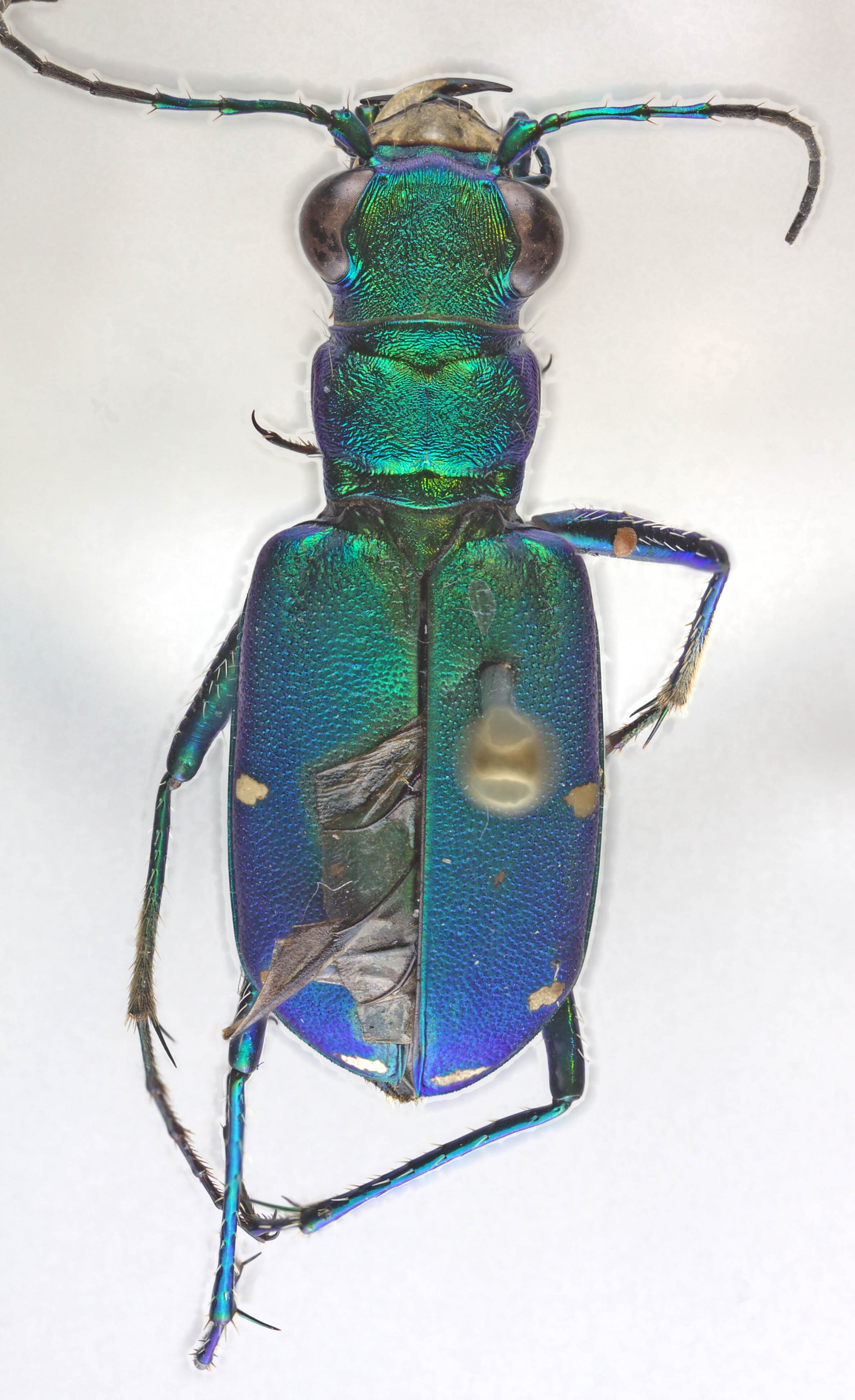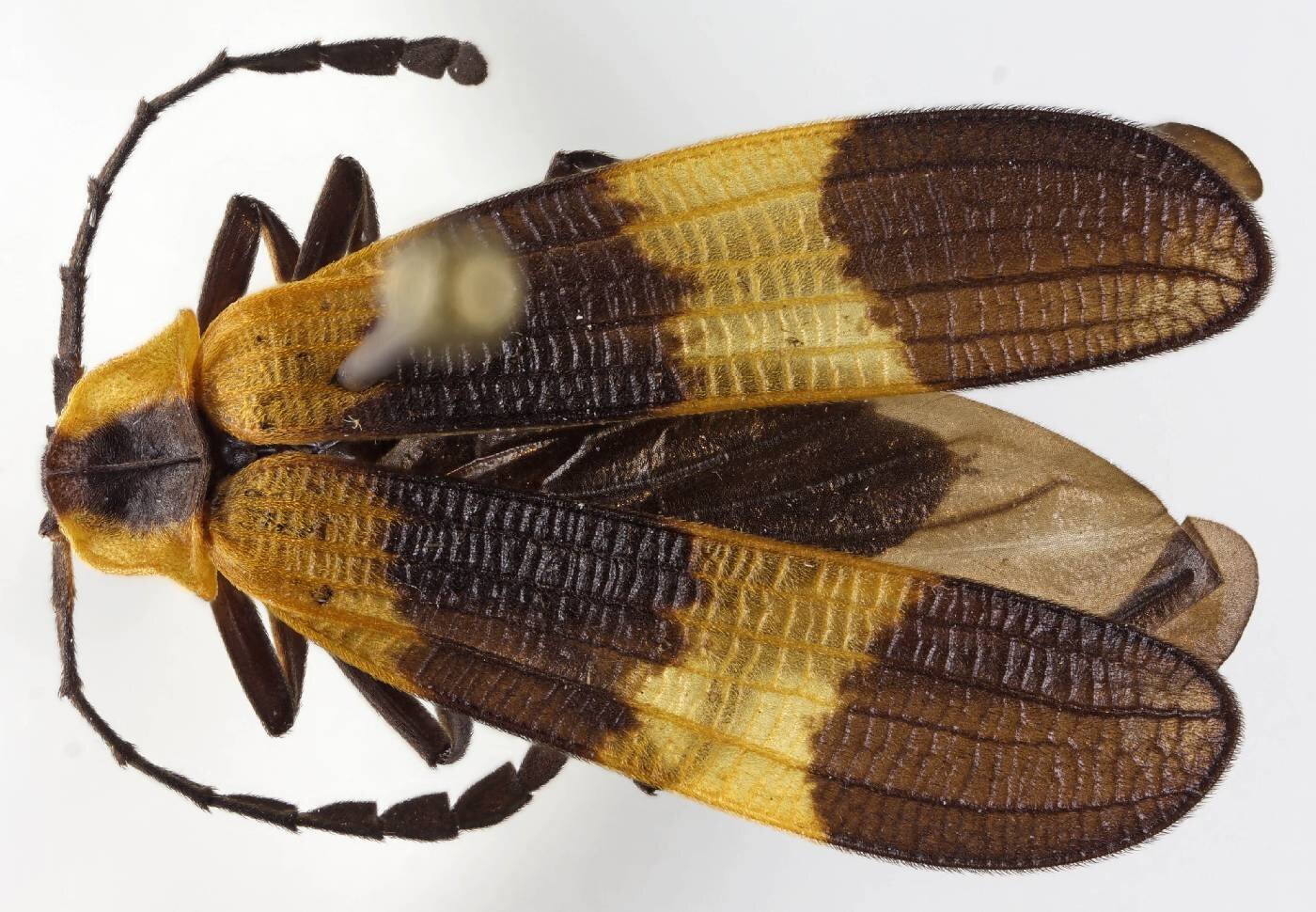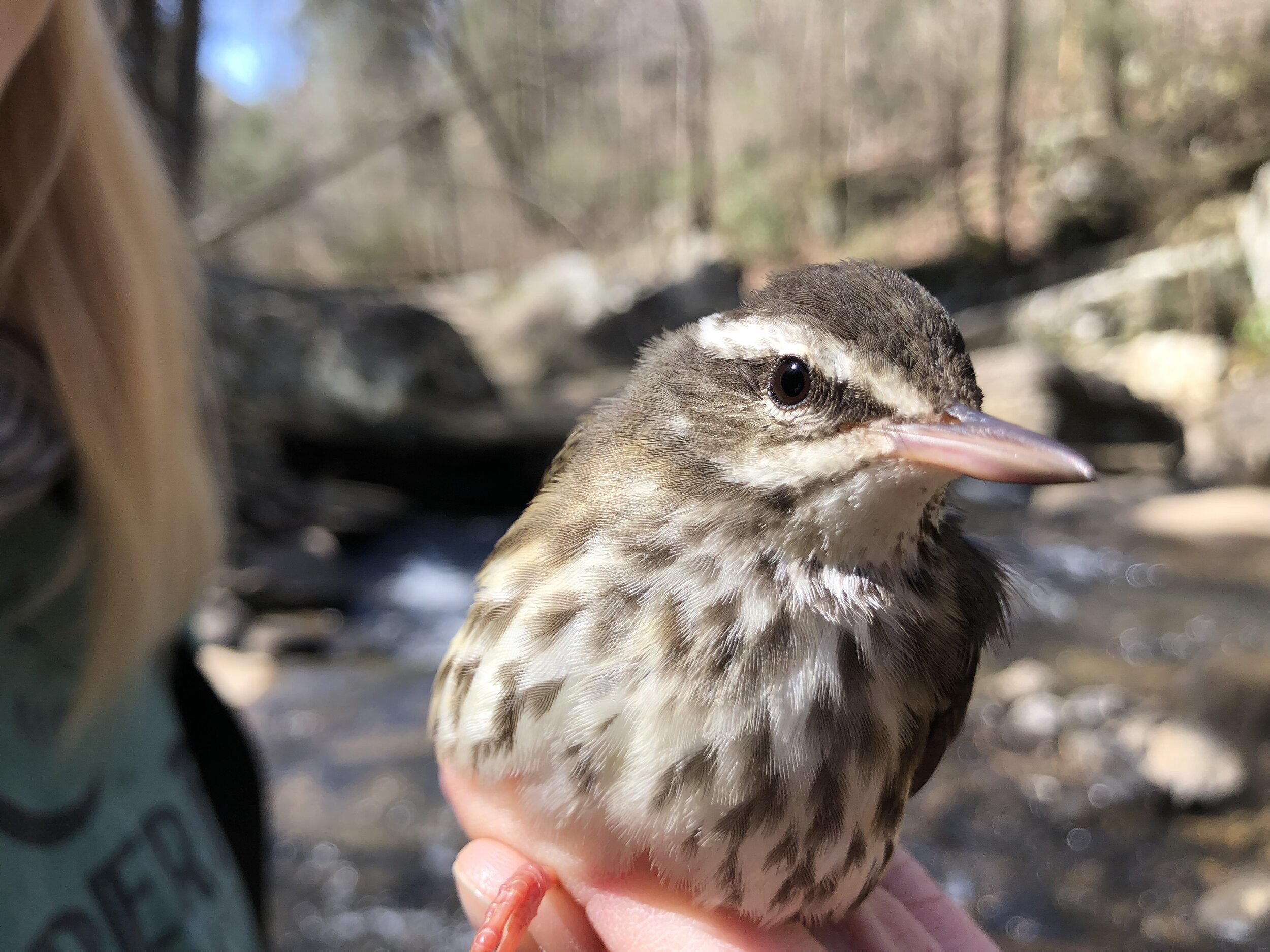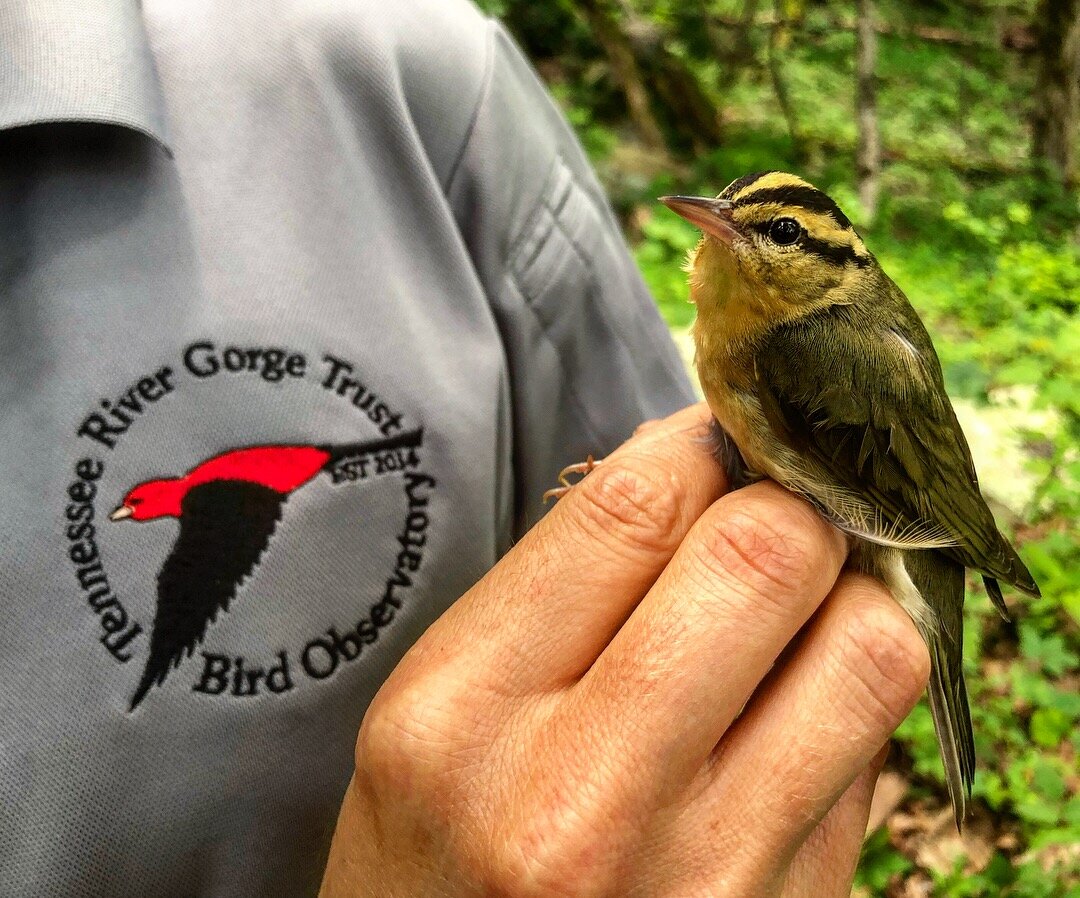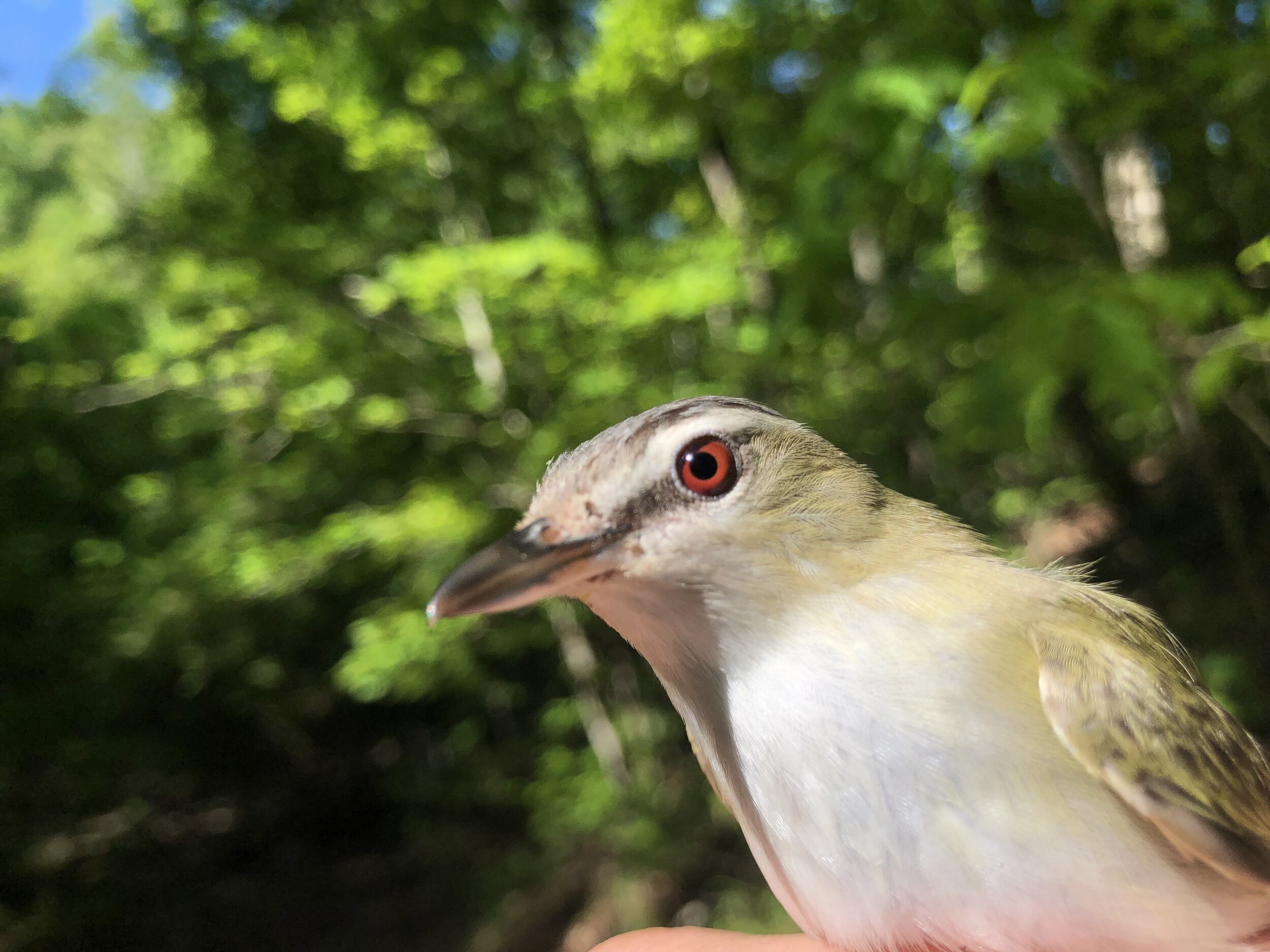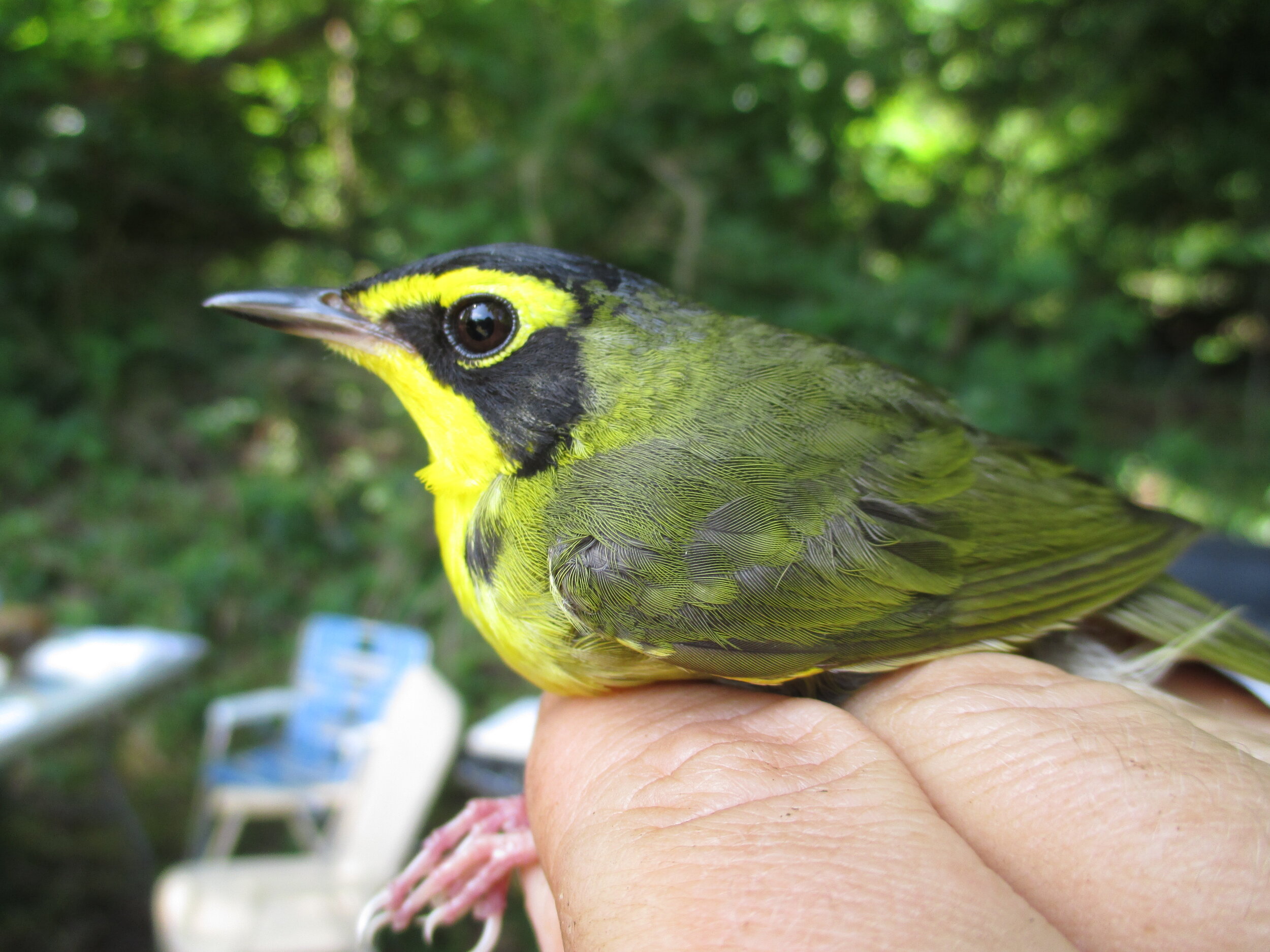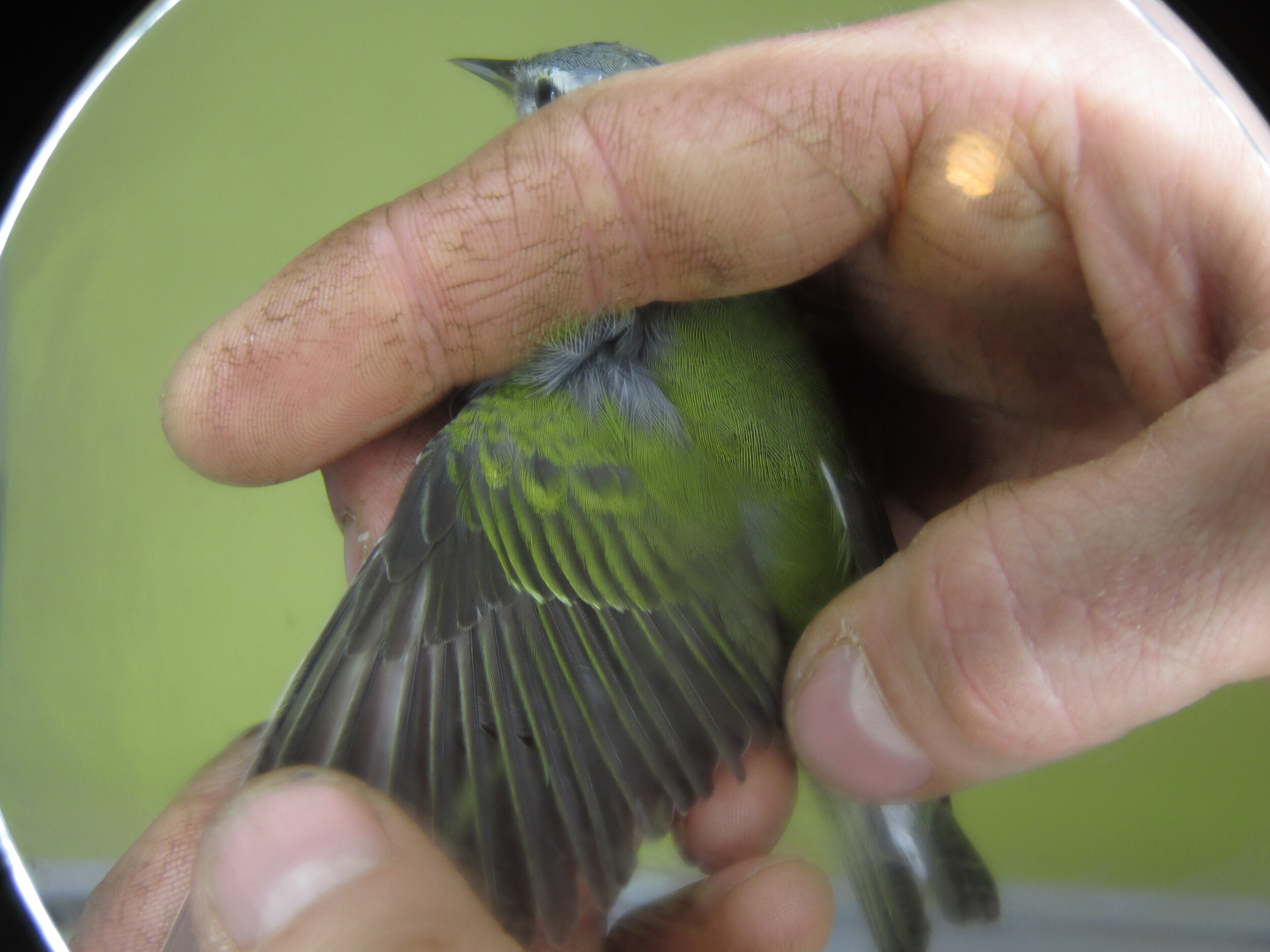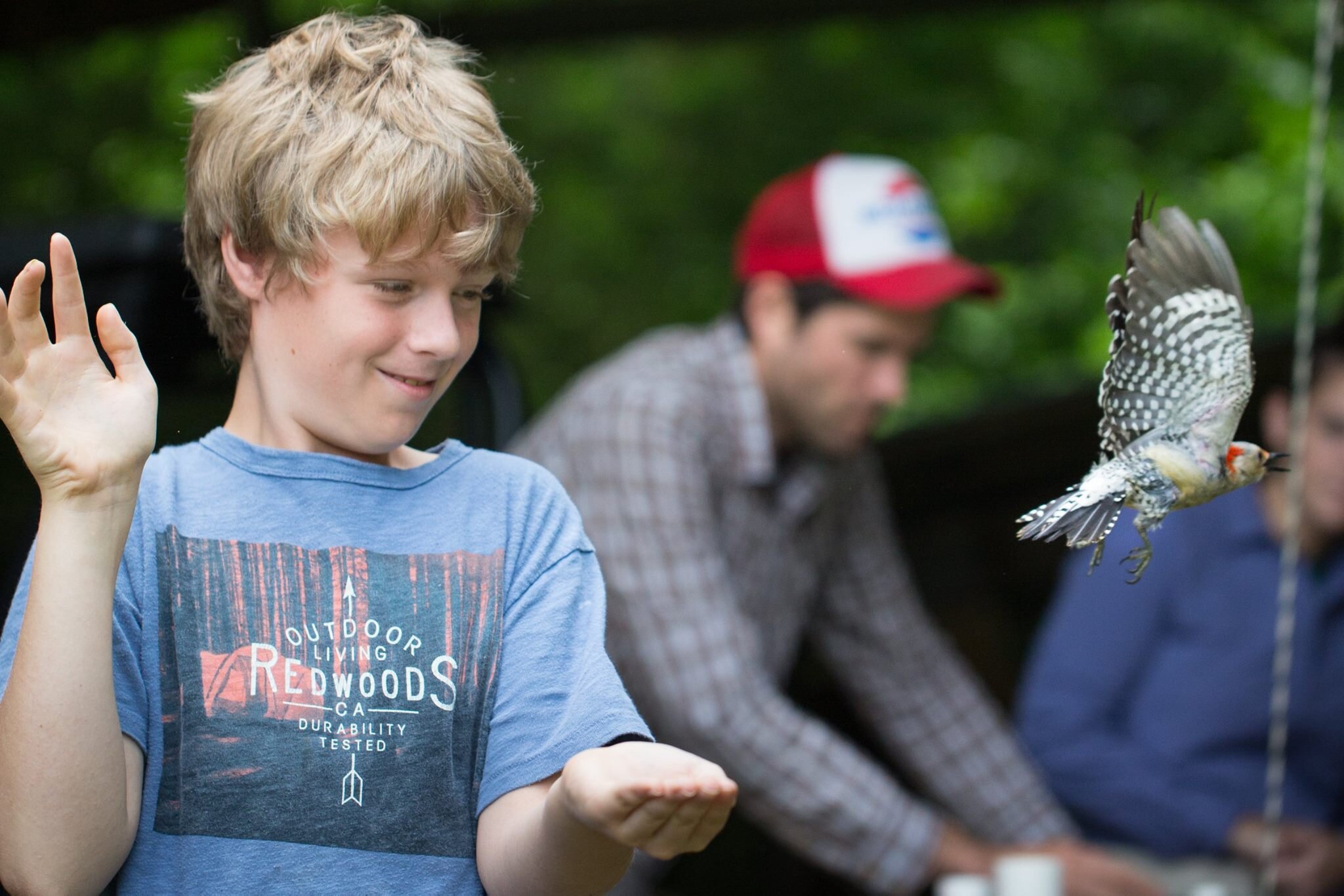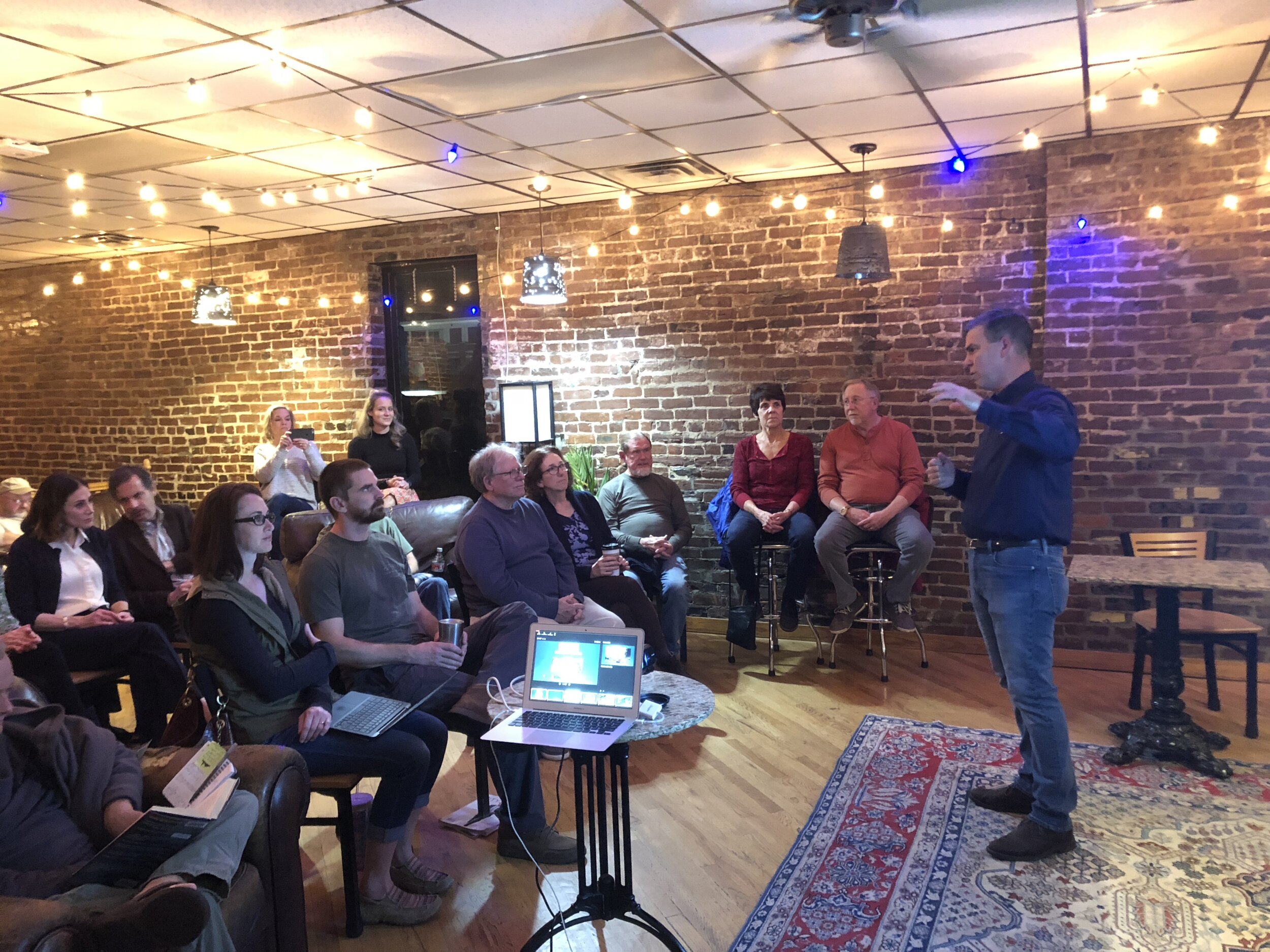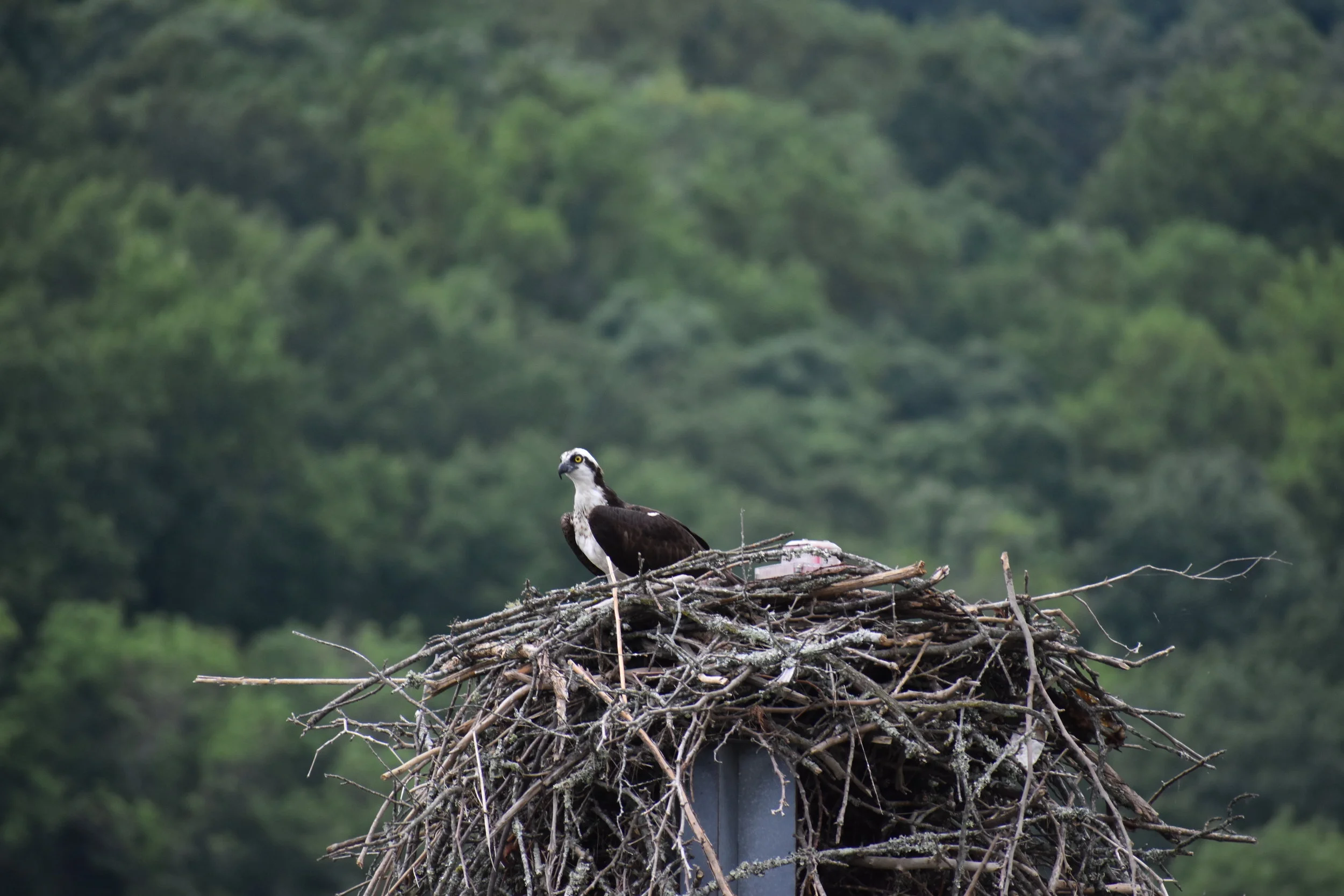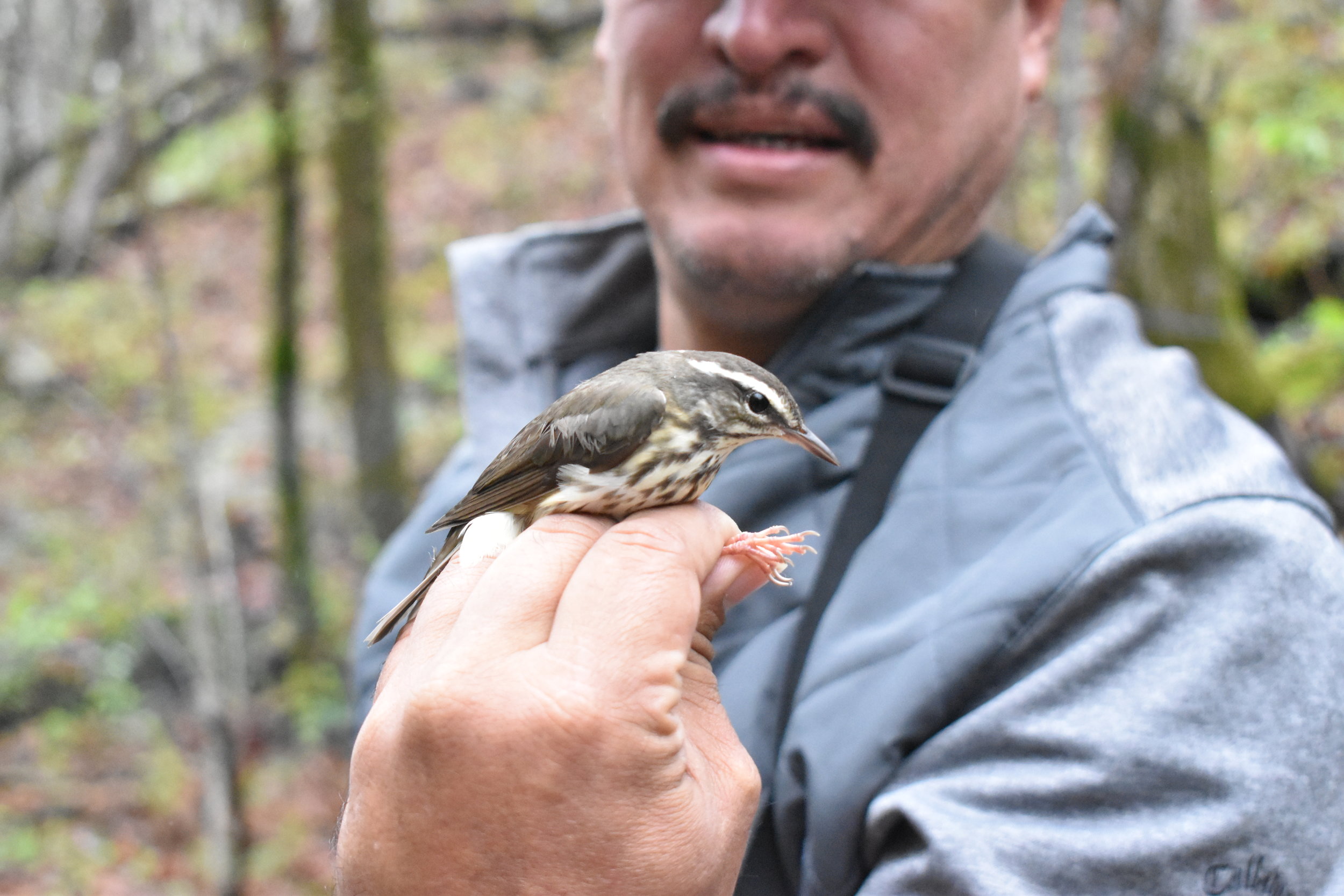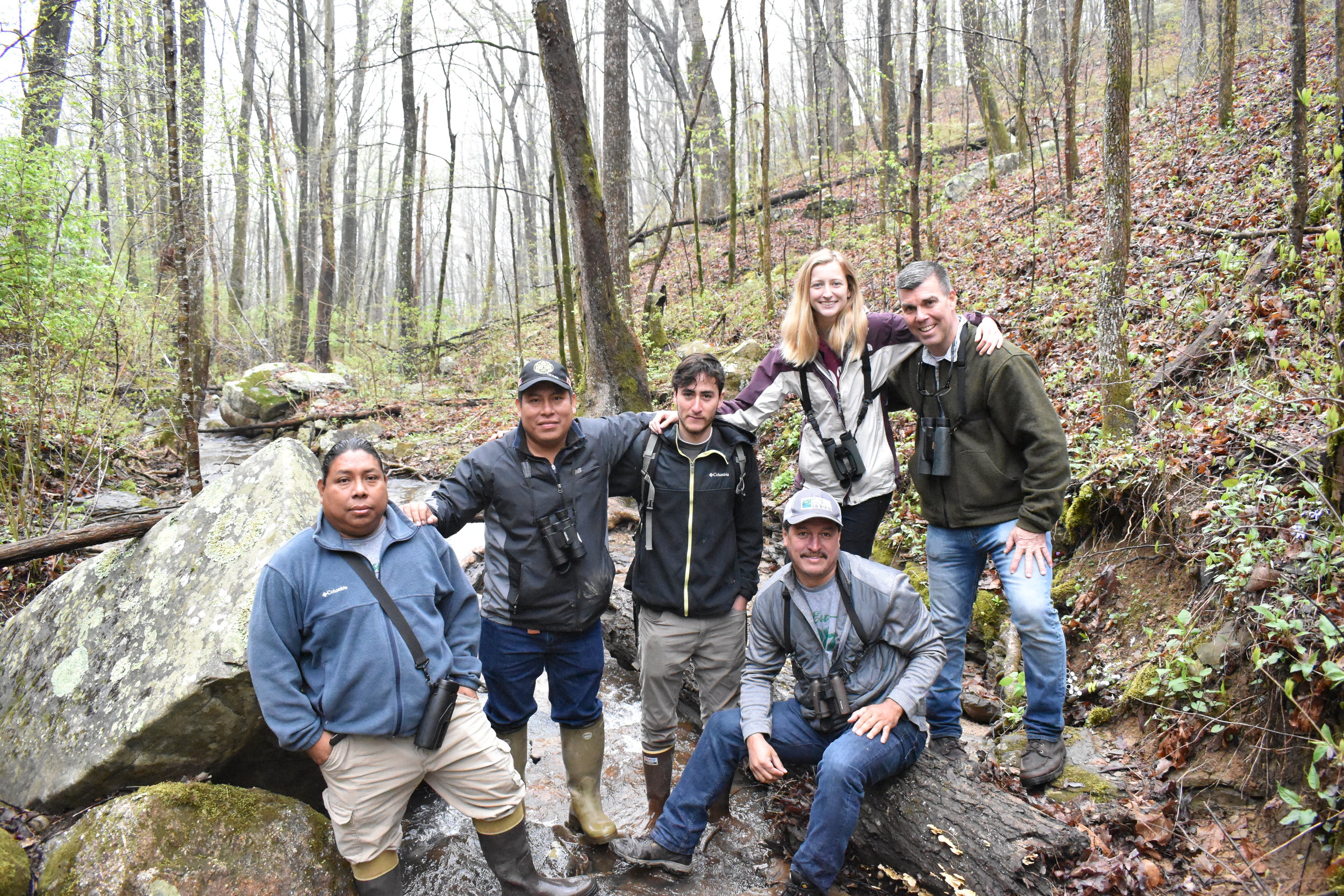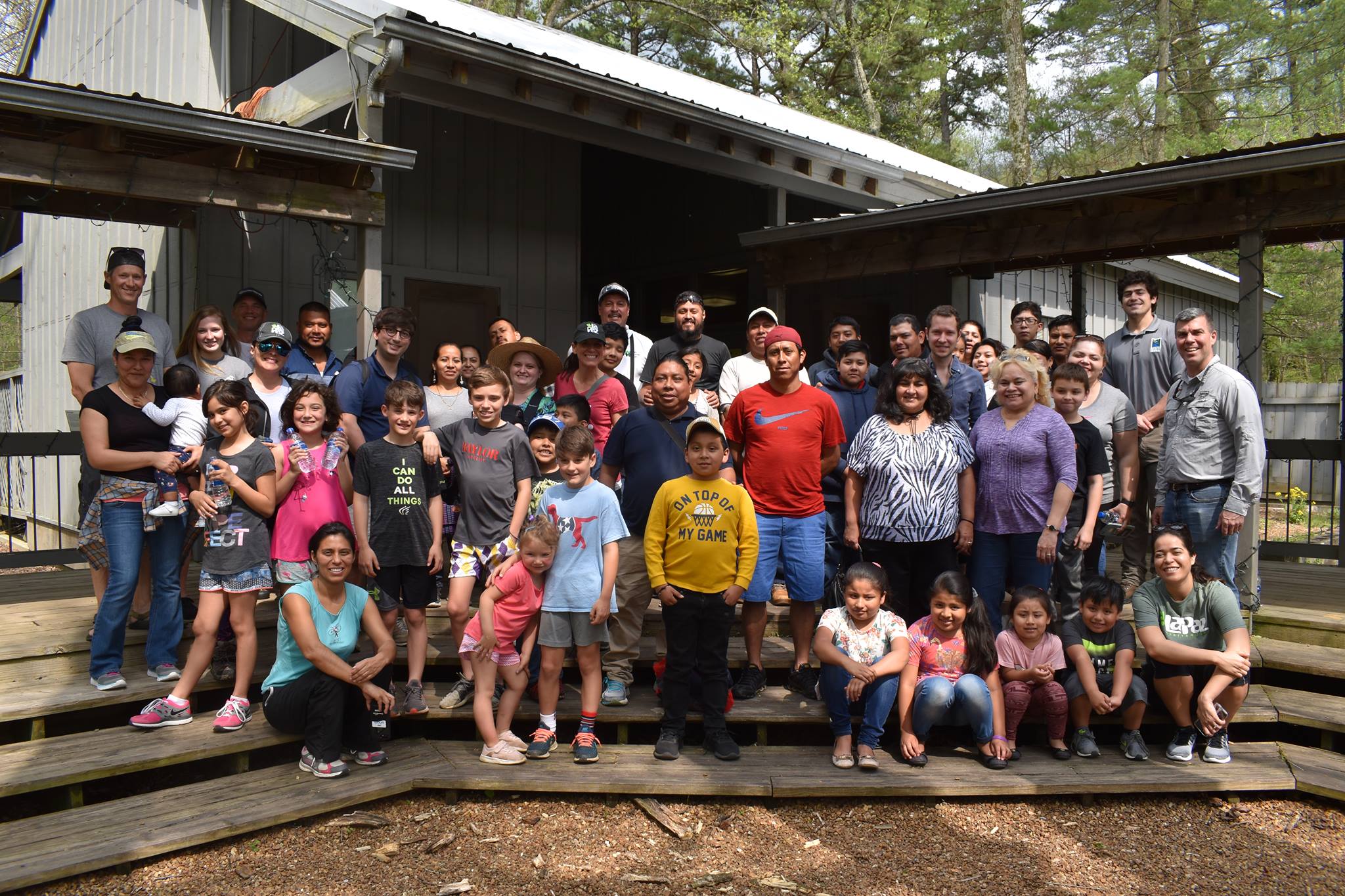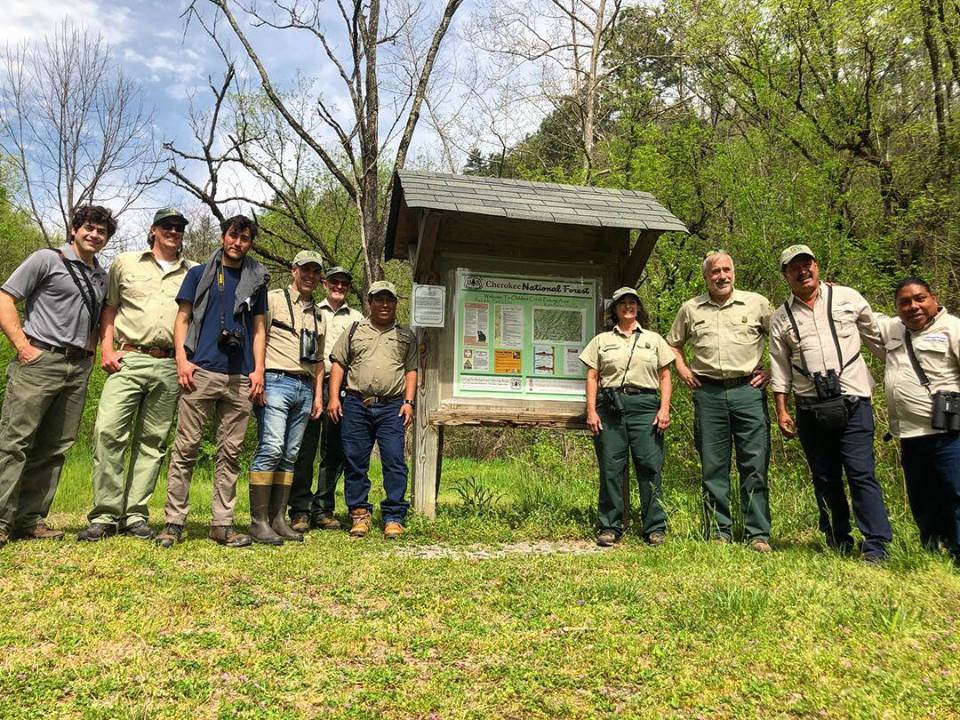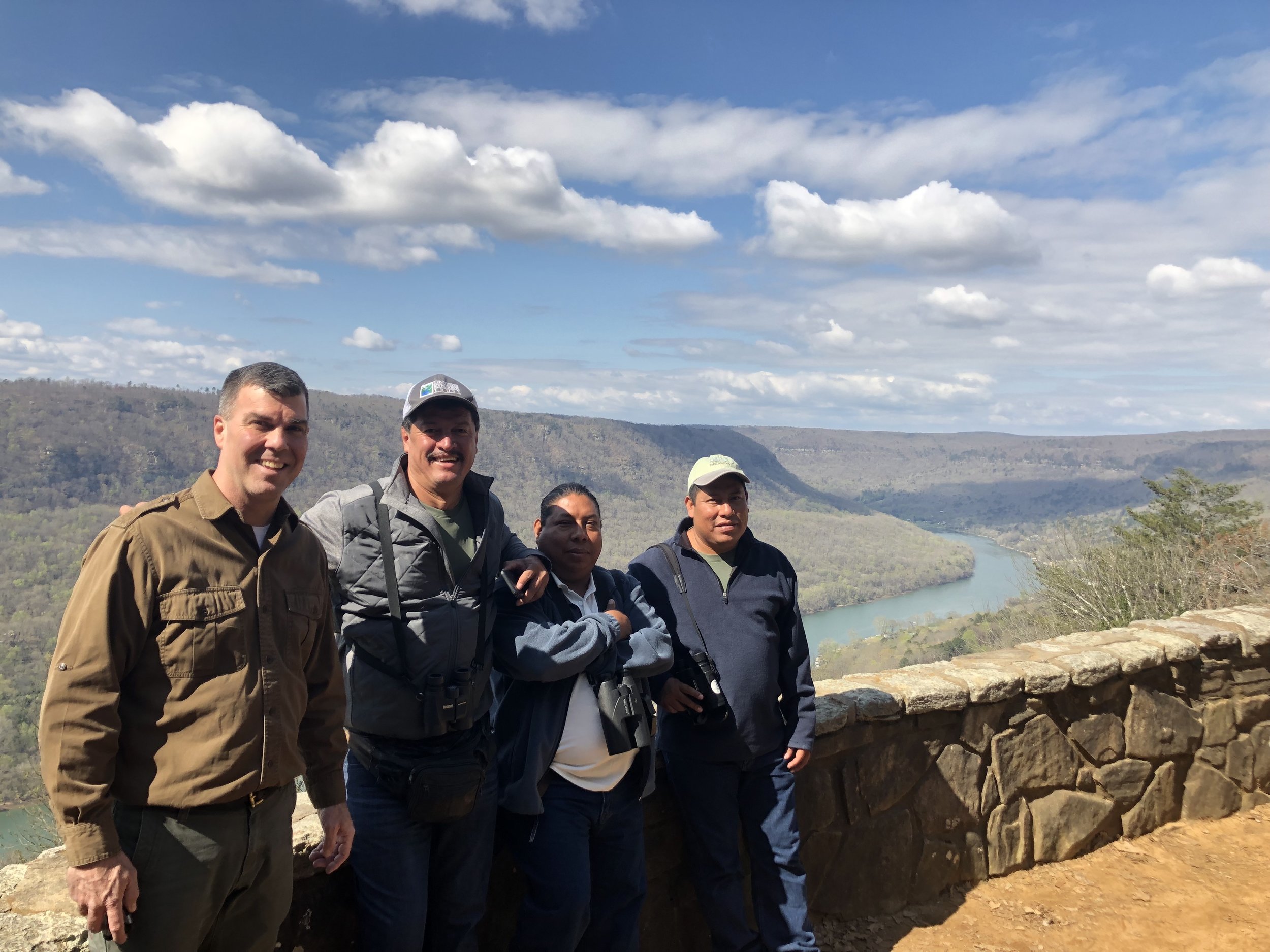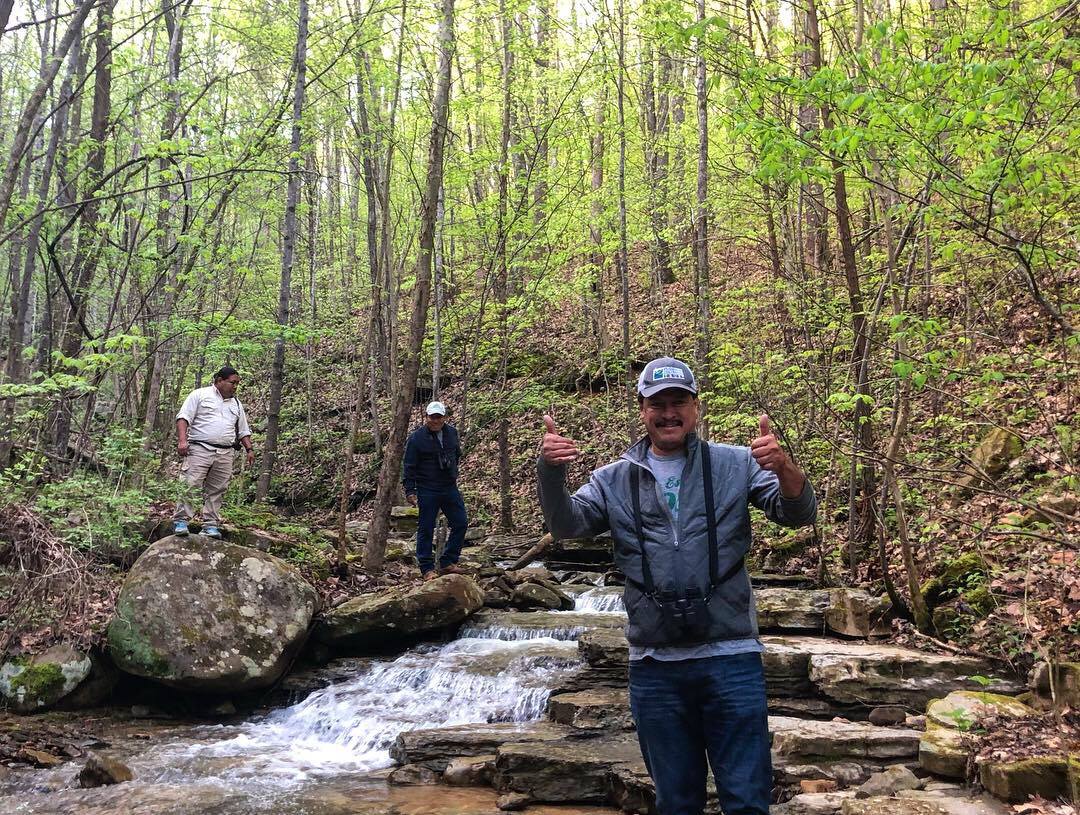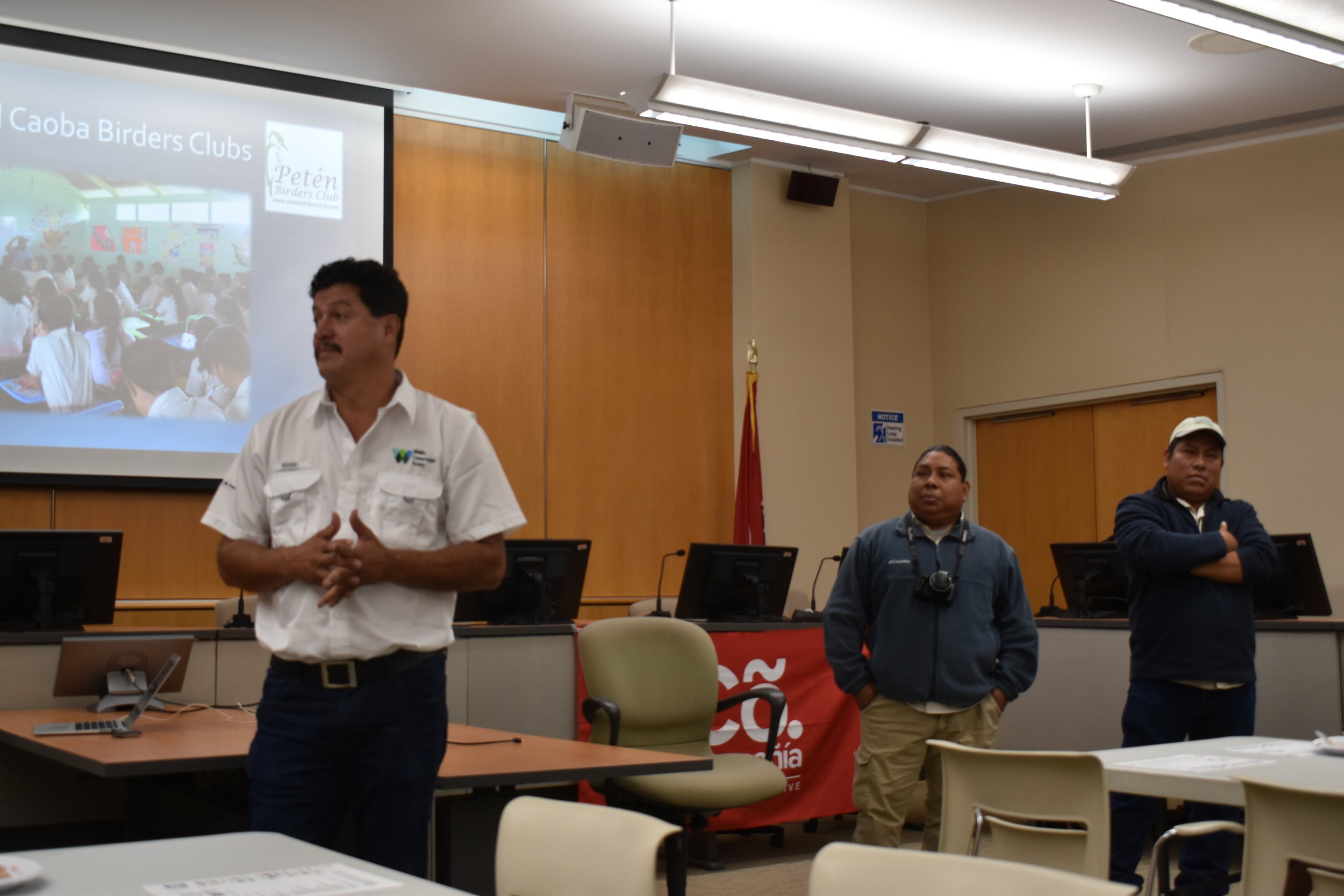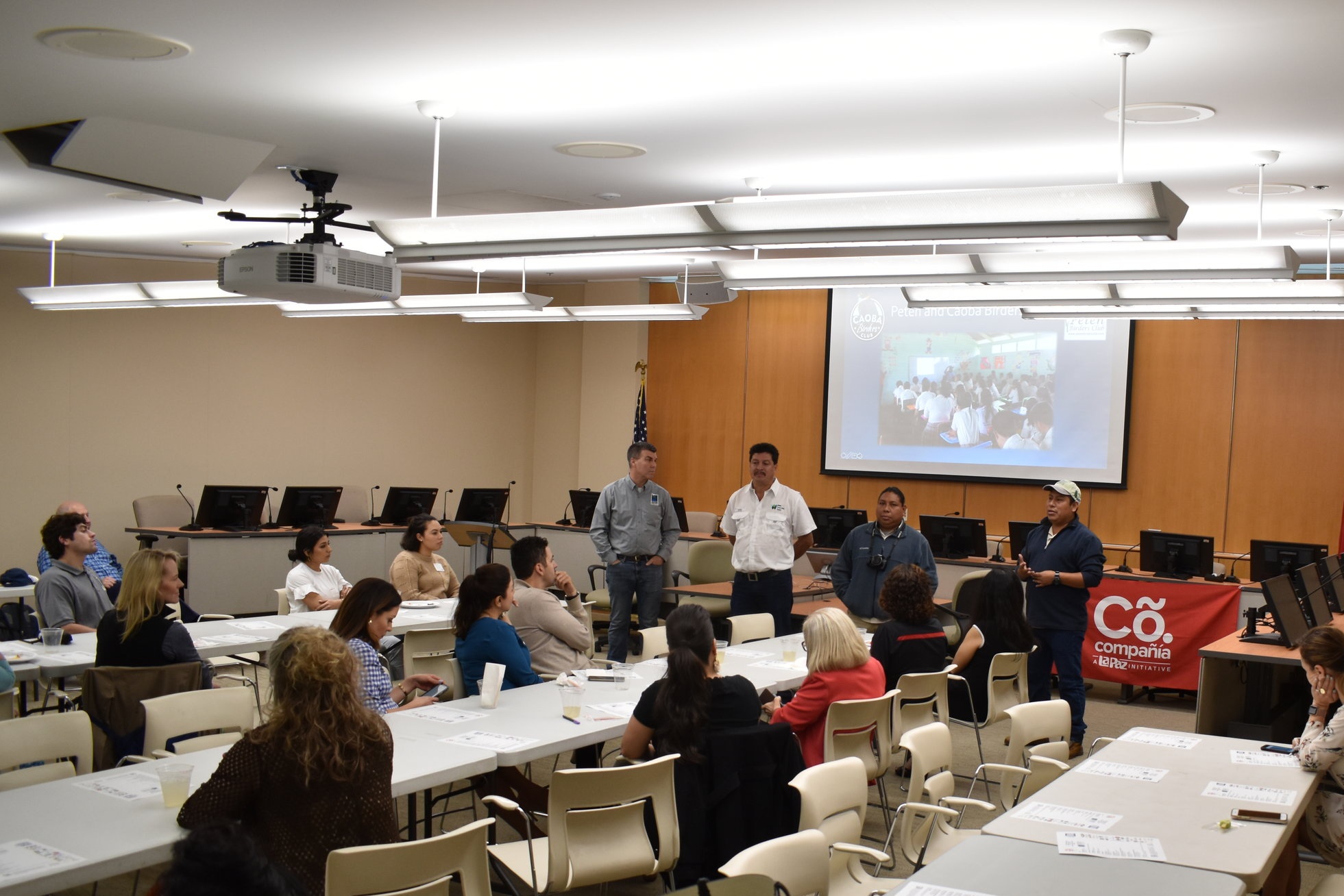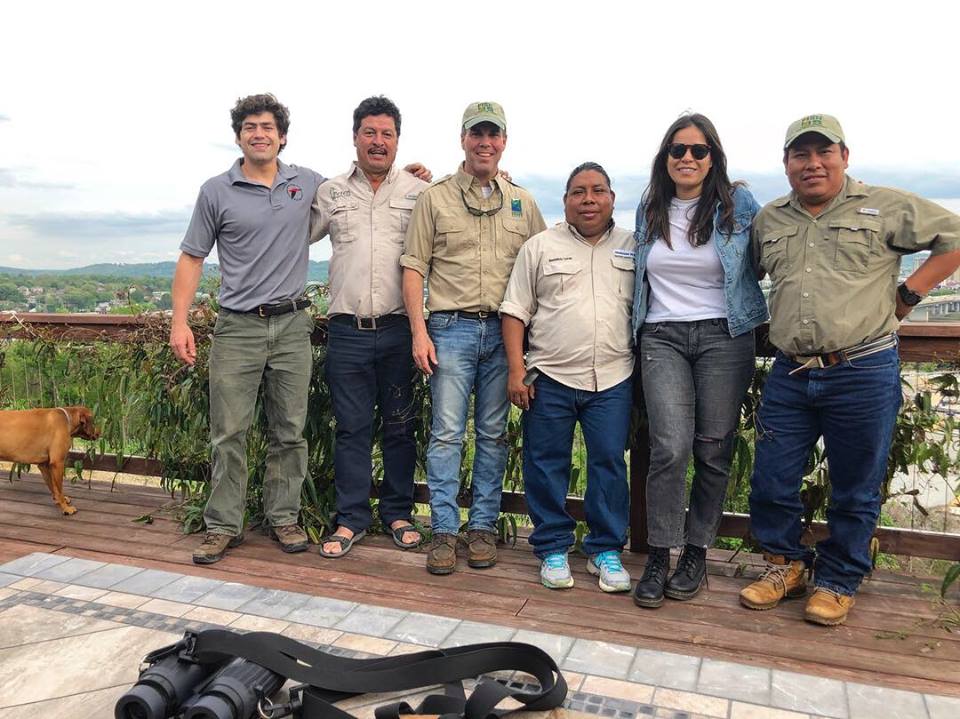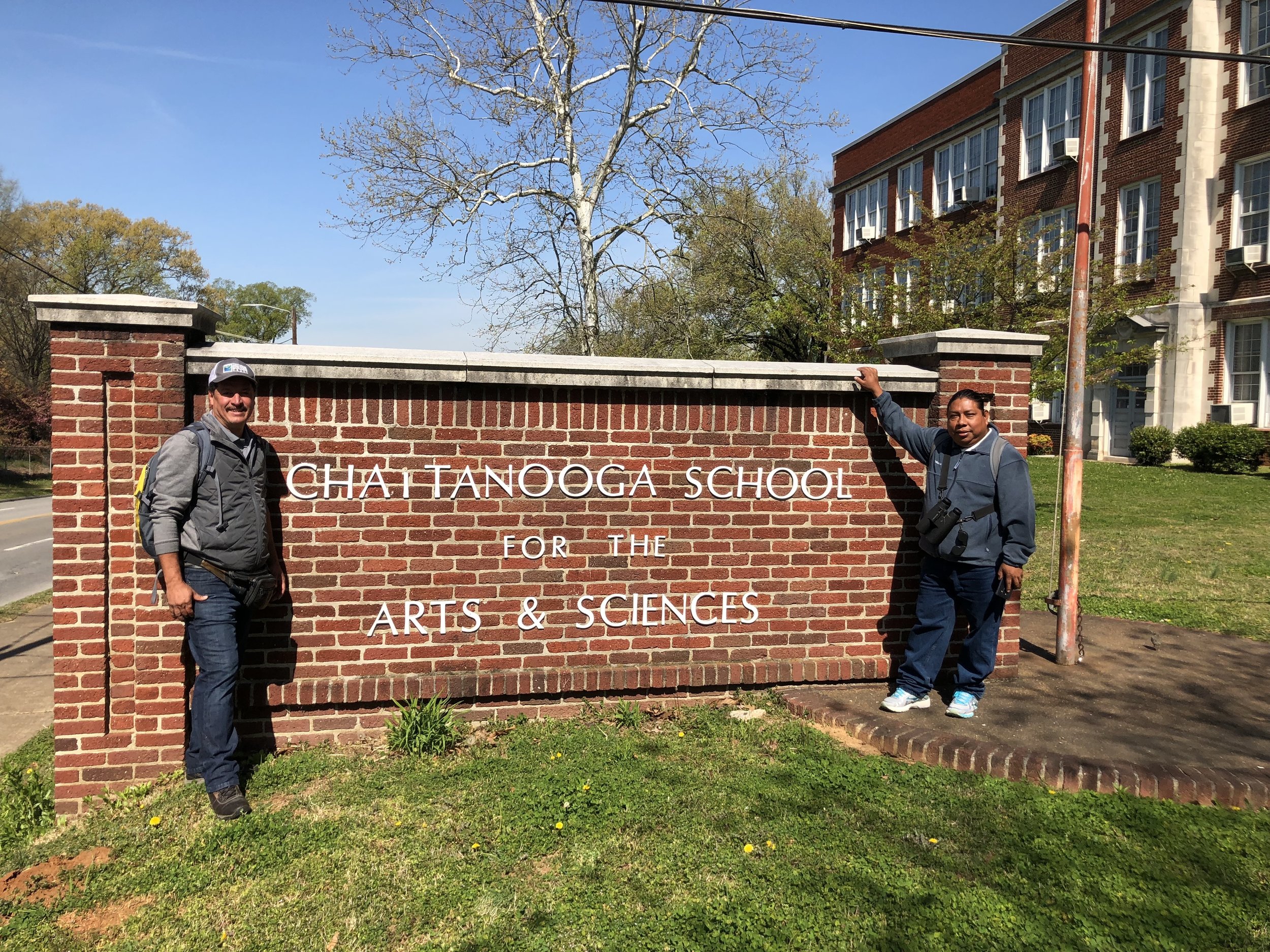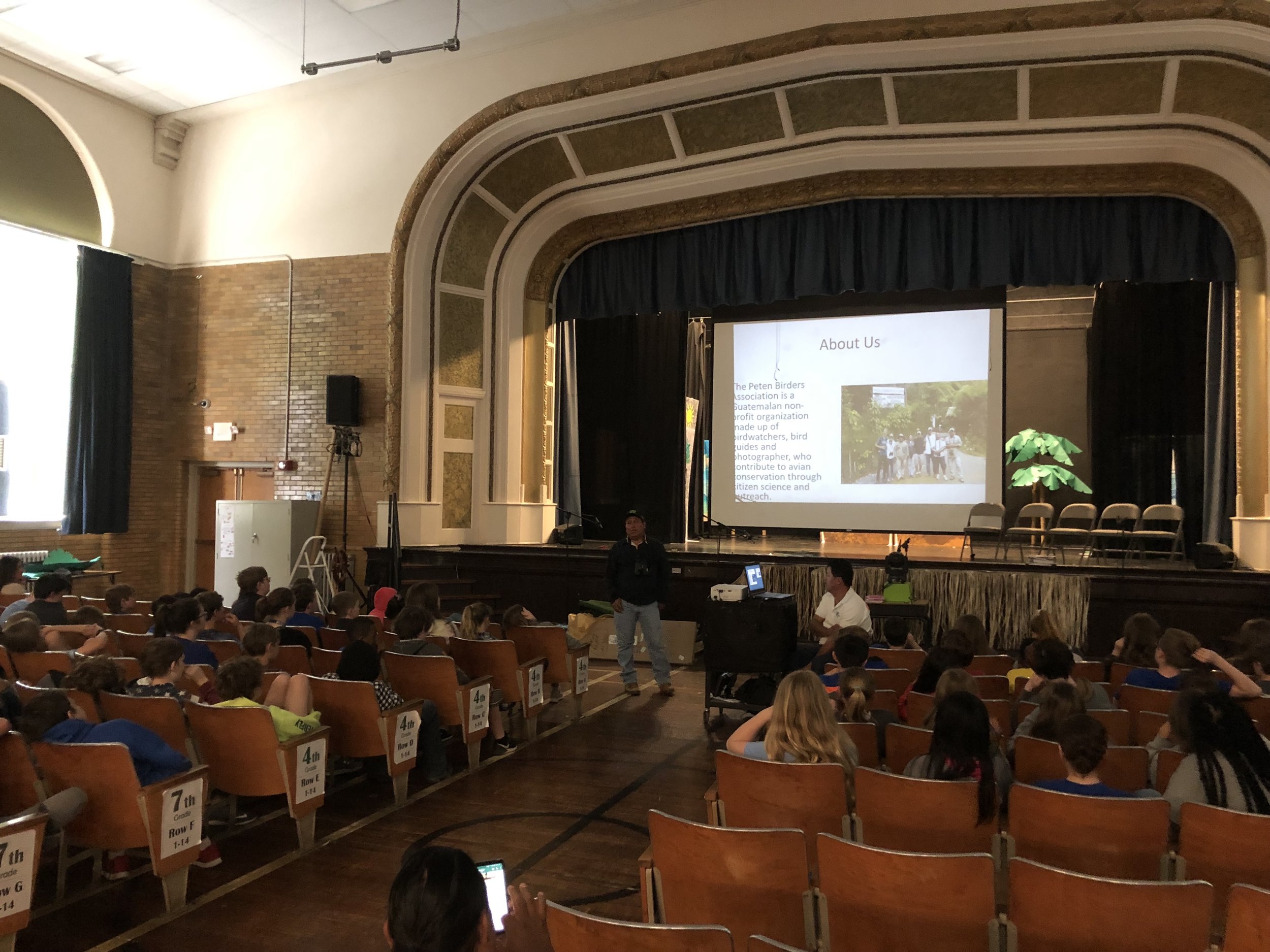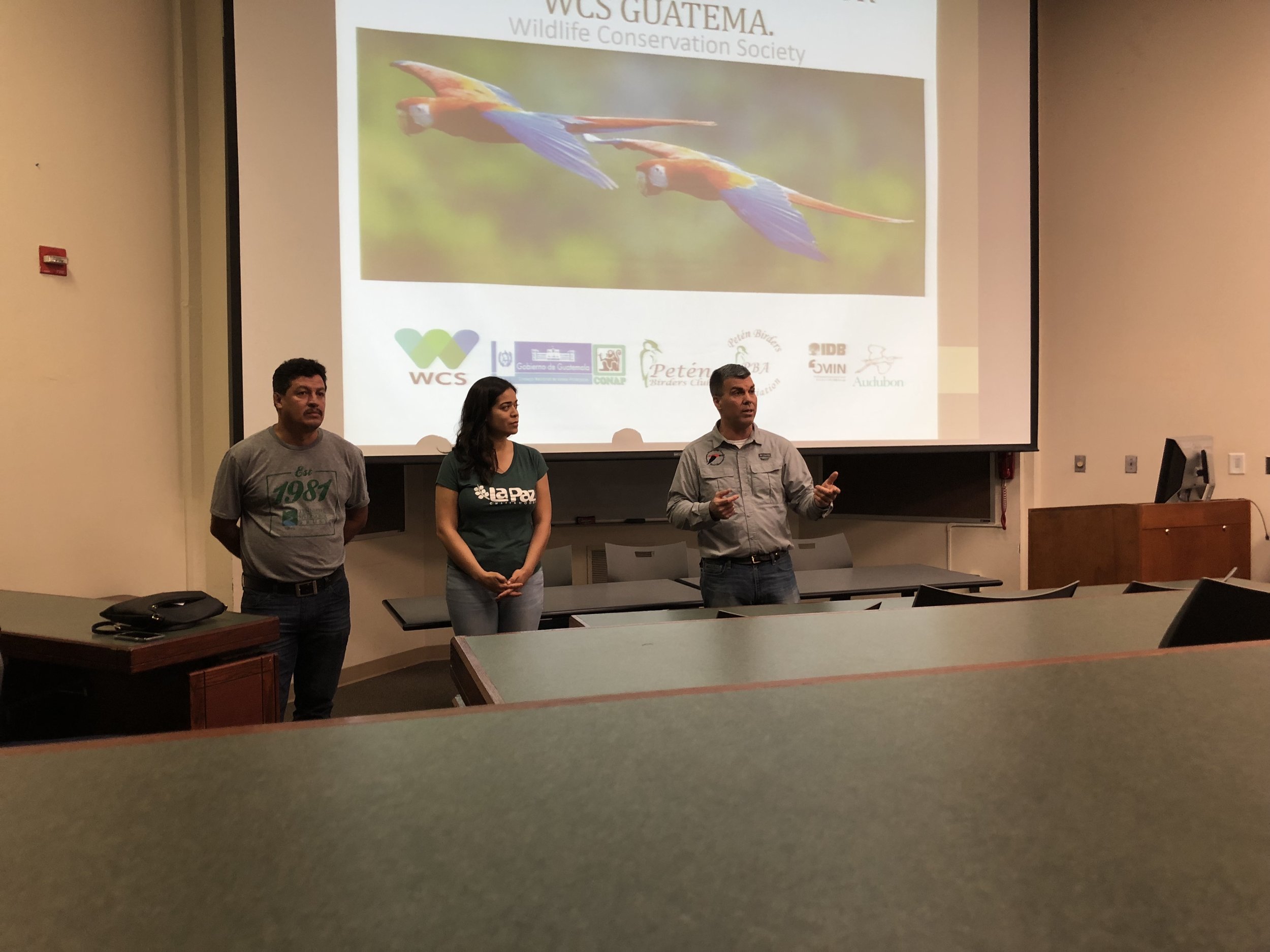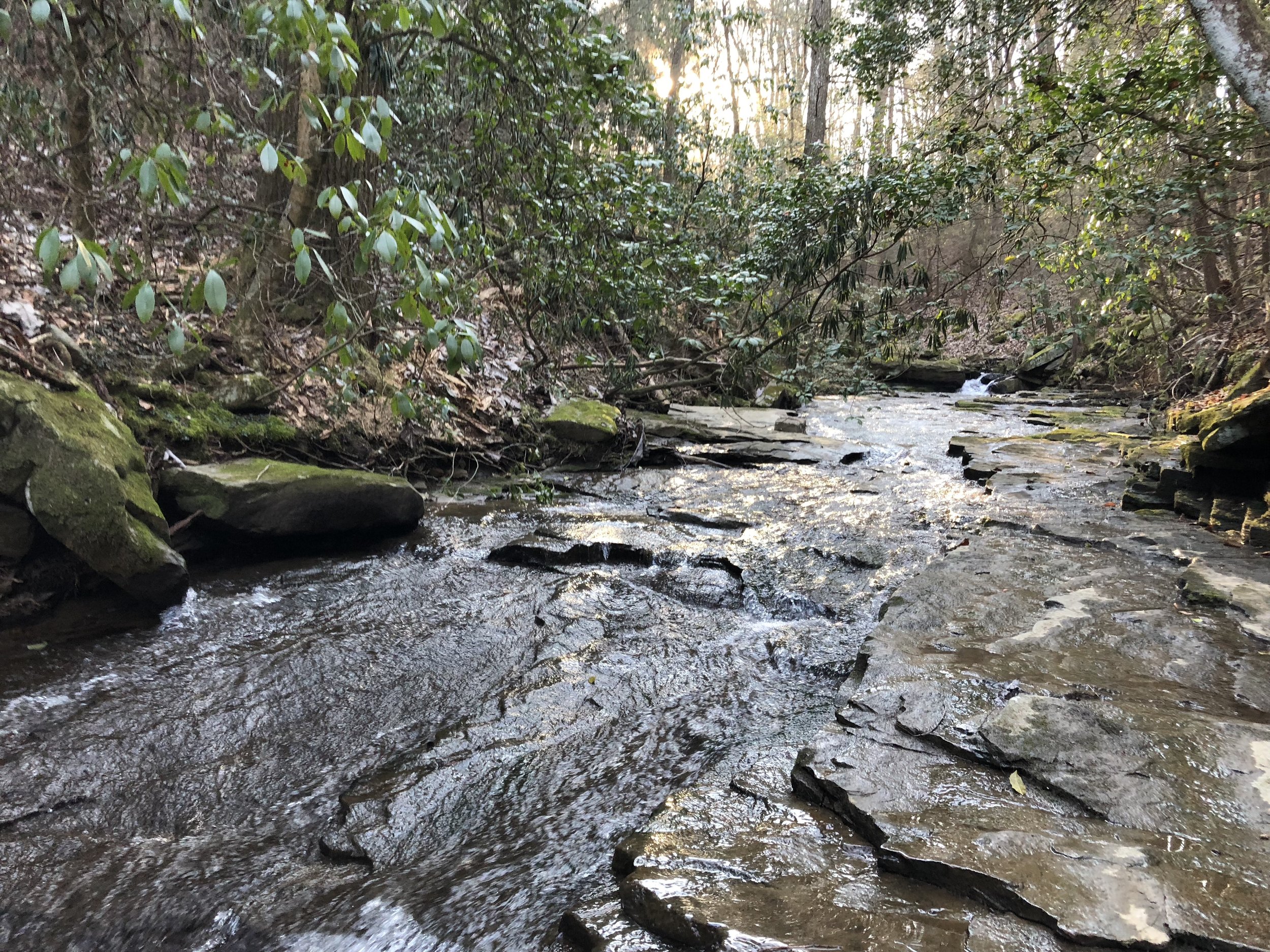Scenic Overlooks of the Tennessee River Gorge
By Eliot Berz
The Tennessee River Gorge is full of scenic vantage points looking into the twisting canyon and these viewsheds hold much more meaning than first meets the eye. Viewsheds were historically a focus for many of the conservation efforts of early land trusts. Although protecting viewsheds is still prominent, the modern land trust model has expanded far beyond solely protecting viewsheds. Land trusts, like TRGT, and other conservation non-governmental organizations often prioritize working beneath the canopy through community engagement, research, providing public access, and habitat improvement. It is well accepted that conservation is much more than protecting a pretty view, but these views are still important, and their benefits are far reaching. These viewsheds offer moments of awe and inspiration to its visitors. The vantage points on the edges of bluffs serve as destinations for hikes and other outdoor excursions. But above all, these views of vast expanses of intact wilderness reveal a history of conservation. In the modern eastern United States, few undeveloped landscapes occur by happenstance. It is fair to say that a large swath of forest is not there by mistake. These areas often exist thanks to intentional efforts by communities, governments, and organizations to leave the important places untrammeled.
For visitors, scenic viewsheds of wilderness help us comprehend the region’s conservation landscape from a macro level. The next time you find yourself gazing over a bluff into a wild viewshed, take a moment to consider and appreciate why that viewshed looks as it does. Then, allow yourself to be entirely present in the moment as you soak in the awe-striking view.
Enjoy this video showcasing five of the many scenic overlooks in the Tennessee River Gorge!
Lawson Rock- Lawson Rock on the Prentice Cooper State Forest is accessible by hiking the Cumberland trail. The nearest access points are the Cumberland Trail crossing at Suck Creek Road and the Cumberland Trailhead on Prentice Cooper’s Fire Tower Road. The viewshed contains properties owned by TRGT, Prentice Cooper, and private landowners.
Snoopers Rock- Snoopers Rock is one of the most popular overlooks of the Tennessee River Gorge. The rock got its name from the law enforcement officers, also known as revenuers, that would “snoop” on illegal moonshine operations from the rock’s vantage point around the prohibition era. The overlook is accessible by foot, bike, or car. Snoopers Rock is located just off Prentice Cooper’s Fire Tower Road and is adjacent to the Cumberland Trail. The viewshed includes TRGT, Prentice Cooper, and private properties.
Laurel Point- Laurel Point, located on Tennessee Valley Authority’s Raccoon Mountain, looks over the lower section of the Tennessee River Gorge. This area is accessible by foot, bike, or car with a short walk. Visitors can park at the picnic area surrounding the overlook or can utilize the Raccoon Mountain trail system to reach Laurel Point. The point looks over TVA, TRGT, Prentice Cooper, and private properties.
Edwards Point- Edwards Point is one of TRGT’s most recent land acquisitions. This popular overlook on Signal Mountain is accessible by the Cumberland Trail, Rainbow Lake’s trail system, and intersecting spur trails. The viewshed includes TRGT, Prentice Cooper, Town of Signal Mountain, and private properties. To the east is downtown Chattanooga while the heart of the Tennessee River Gorge can be seen to the west.




